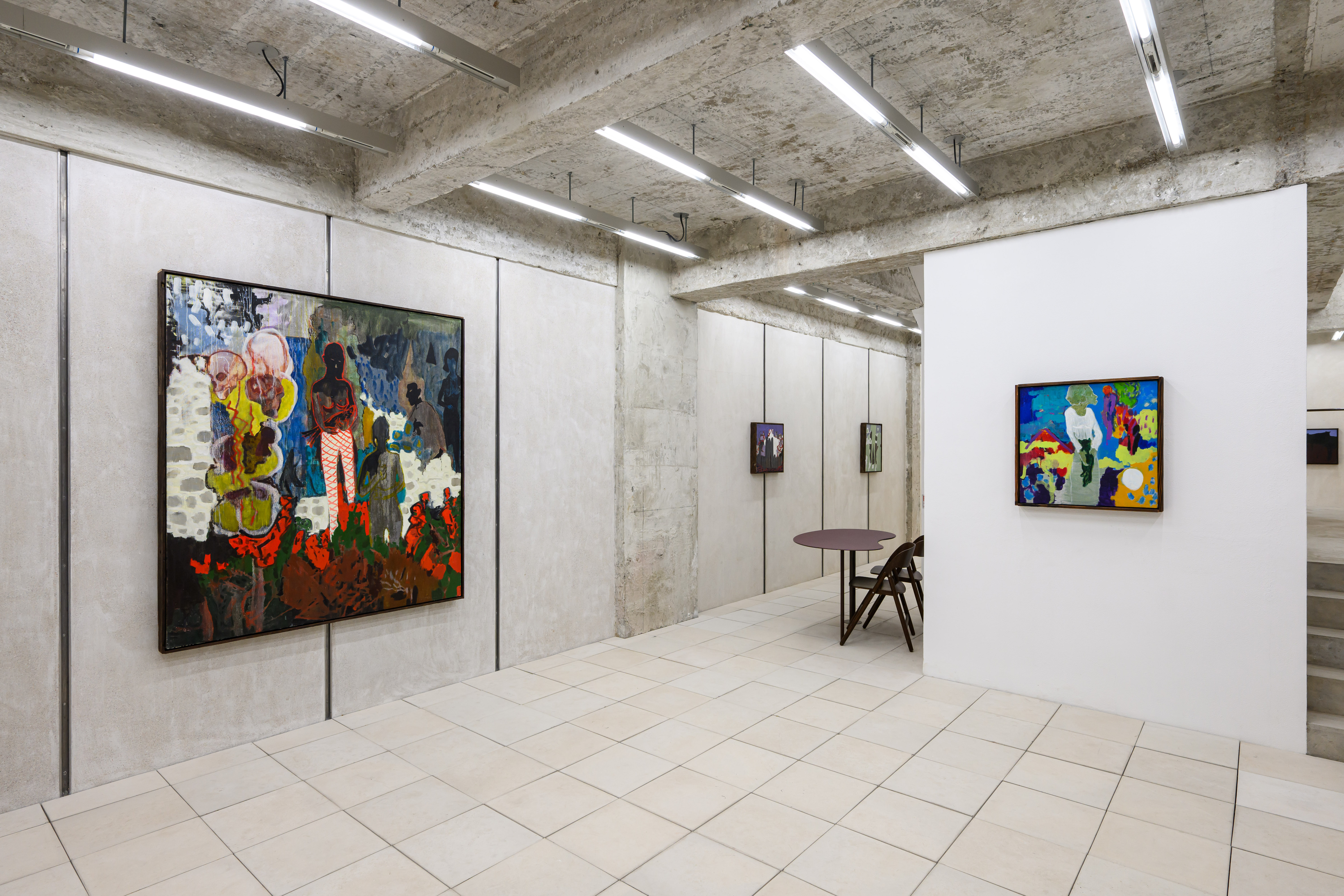Kiang Malingue presents Zheng Zhou’s fourth exhibition with the gallery “Spanish Grilled Fish”, showcasing more than ten paintings completed between 2019 and 2023.
Zheng has continued in recent years to base his painterly creations on free movements of brilliant colours, seeking visions and signs from the interplay of the paint and the canvas in a manner similar to ancient Chinese divination practices. When painting, Zheng is less concerned with representing fragments of reality or producing a predetermined scene, than with observing the free flow of paint on self-stretched canvases, before discerning in the splashes and drips human figures, animals, plants, atmospheres and stories. For Zheng, the proper act of painting is, instead of the actual mark-making process, the viewing experience in the studio, which might last up to six months. He constantly and repeatedly examines the paintings in different stages, adding new elements that can be either harmonious or unsettling, rendering richly textured, fabulous scenes.
Spanish Grilled Fish (2020) is exemplary of Zheng’s painting practice, dividing the composition into colour patches that contrast and complement one another. Perspective is irrelevant here, since the artist casually distributes shady characters across hot and cold areas. For Zheng, the ultimate question in painting is life and death; the skulls and the figure carrying a fish express his mortal concerns, while the hexagram-like patterns found in the flowers, stones, raindrops and garments signify the artist’s preoccupation with the dialectic of order and chaos in a complex image.
Also placing characters in the centre, Sudden exposure of spring (2023), Sun searing like fire (2023), and Mountain trail (2023) also demonstrate the shamanic nature of Zheng’s artistic practice: the characters are in place “by accident,” and are not given greater significance than other atmospheric elements in the paintings. As fortuitous beings, the nameless, identity-less characters either organically become one with the environment—as rugged as the rocks, as florid as the flowers—or become hollowed silhouettes where the audience’s viewing gaze may rest and linger. Instead of focusing on the creationist relationship between mark-making and figuration, Zheng is more concerned with using art as a medium: “Human’s creativity is extremely limited; only chance is infinite.” He understands his long-term painting practice and non-silver photography as processes that mediate and actualise chance, unveiling the destiny that awaits the contemporary world.
Eagle with broken wings (2020) and Wasteland Wolf (2020) share a thematic, colour, compositional, and formal correspondence. In similarly dark environments, trees and rocks whirl and sprawl in formidable, unnatural ways, effectively dwarfing the majestic beasts. This kind of unbalanced composition is also visible in the pair of Early spring sunshine (2019) and Scenery beyond the north of the desert 2 (2019). These two landscape paintings once again depict distinct scenes in the same slender format, celebrating vibrant undercurrents—springtime vitality.
Spanish Grilled Fish Zheng Zhou
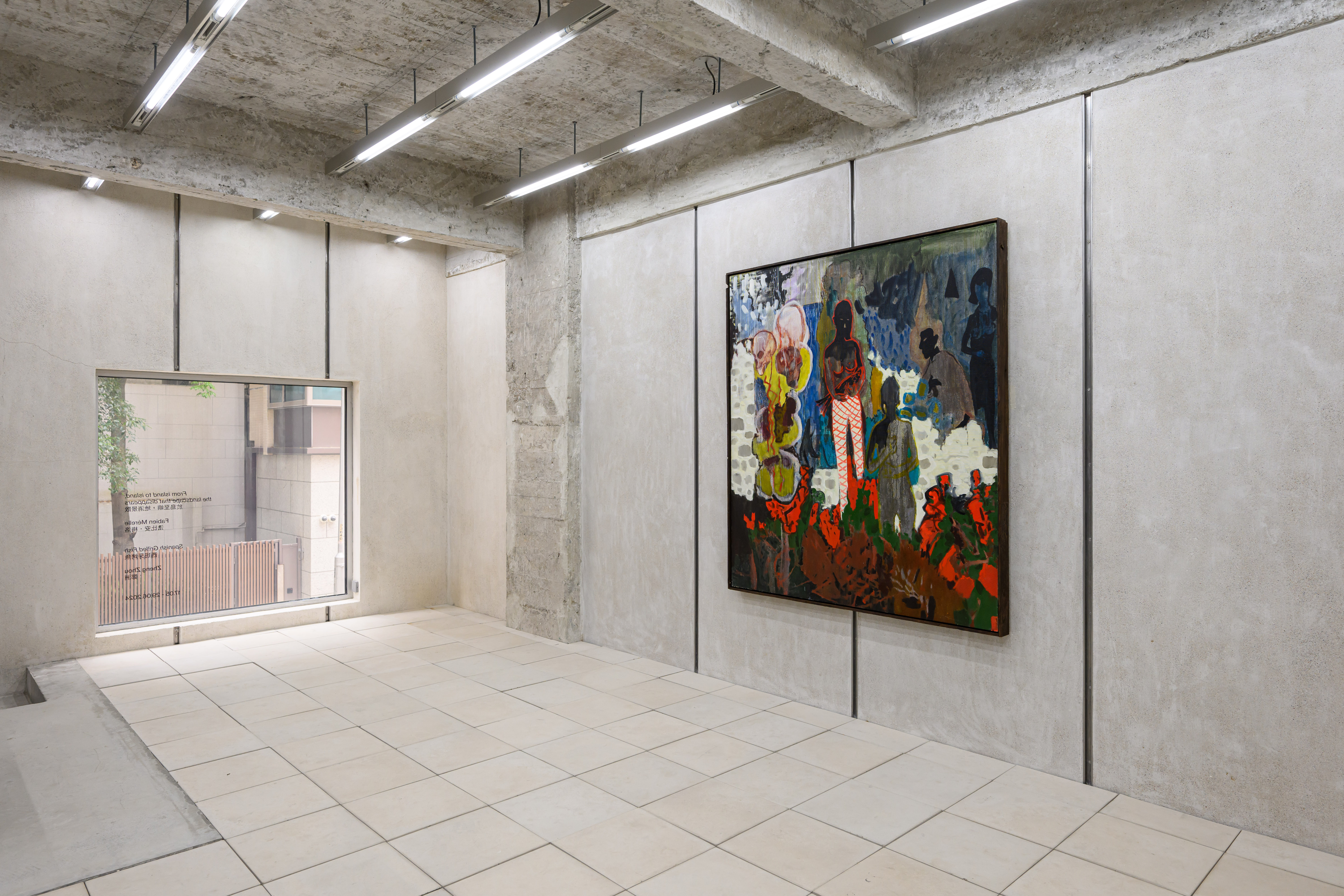
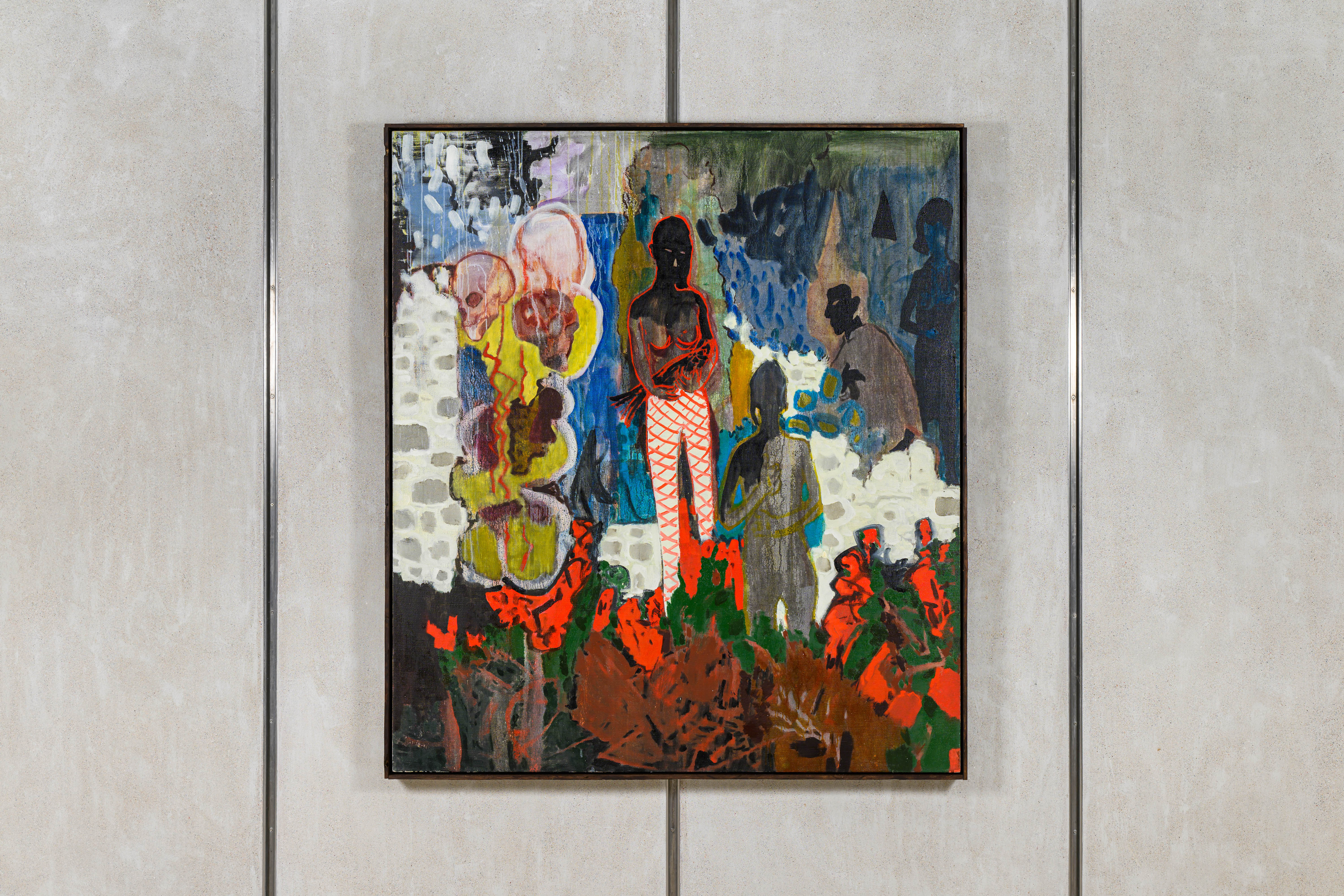
Framed: 177.5 x 157.7 cm

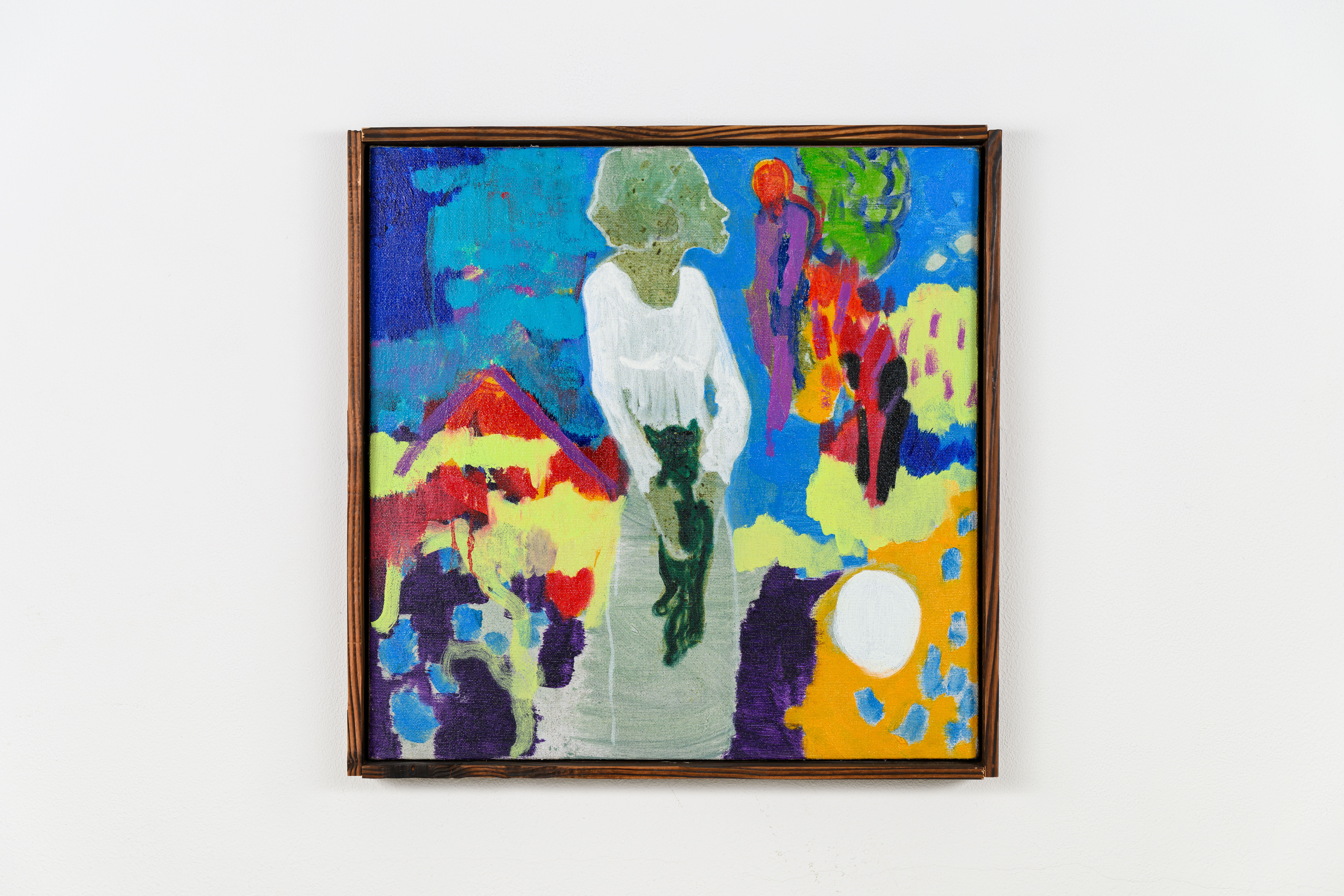
Framed: 72.3 x 72.3 cm
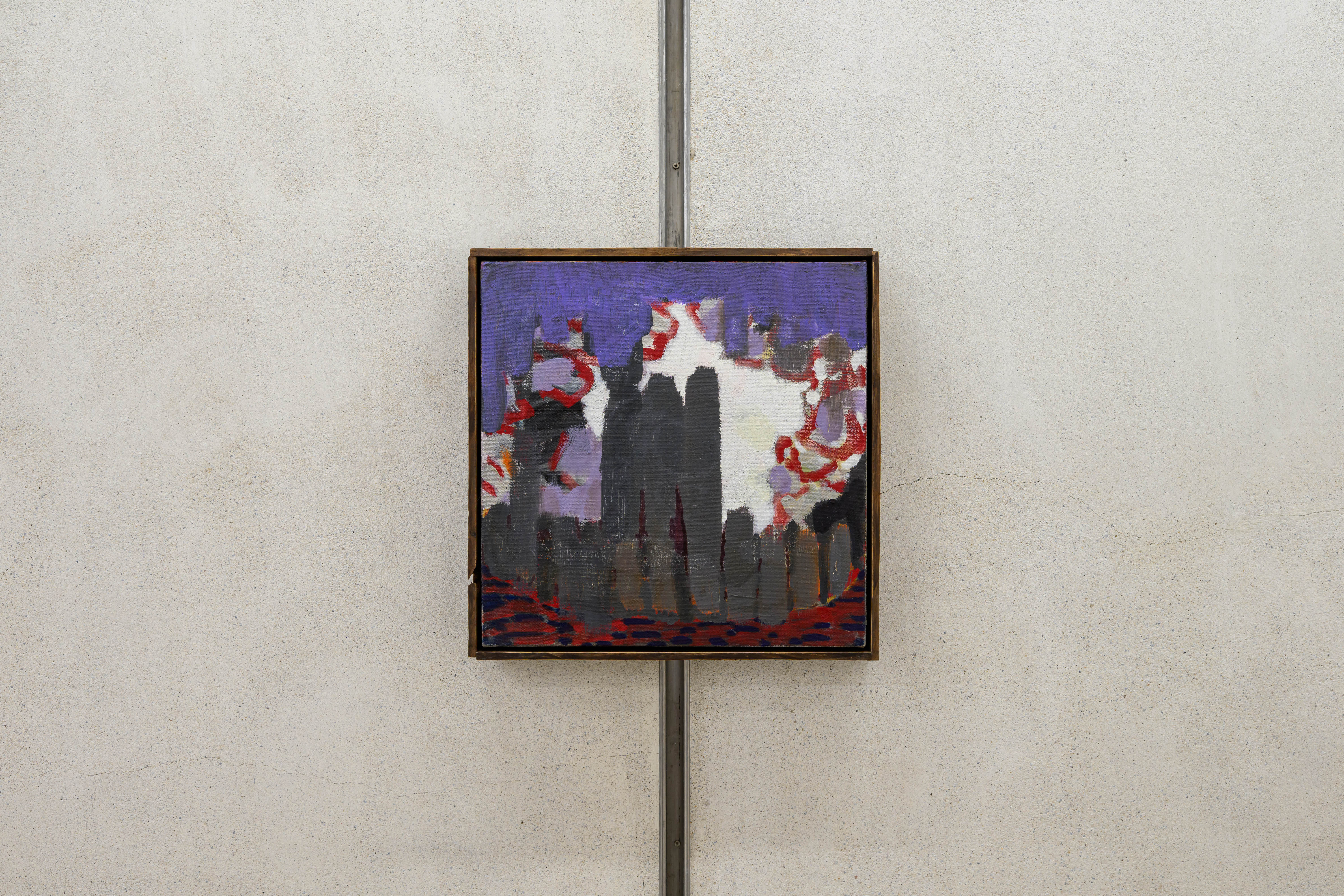
Framed: 51.5 x 51.5 cm

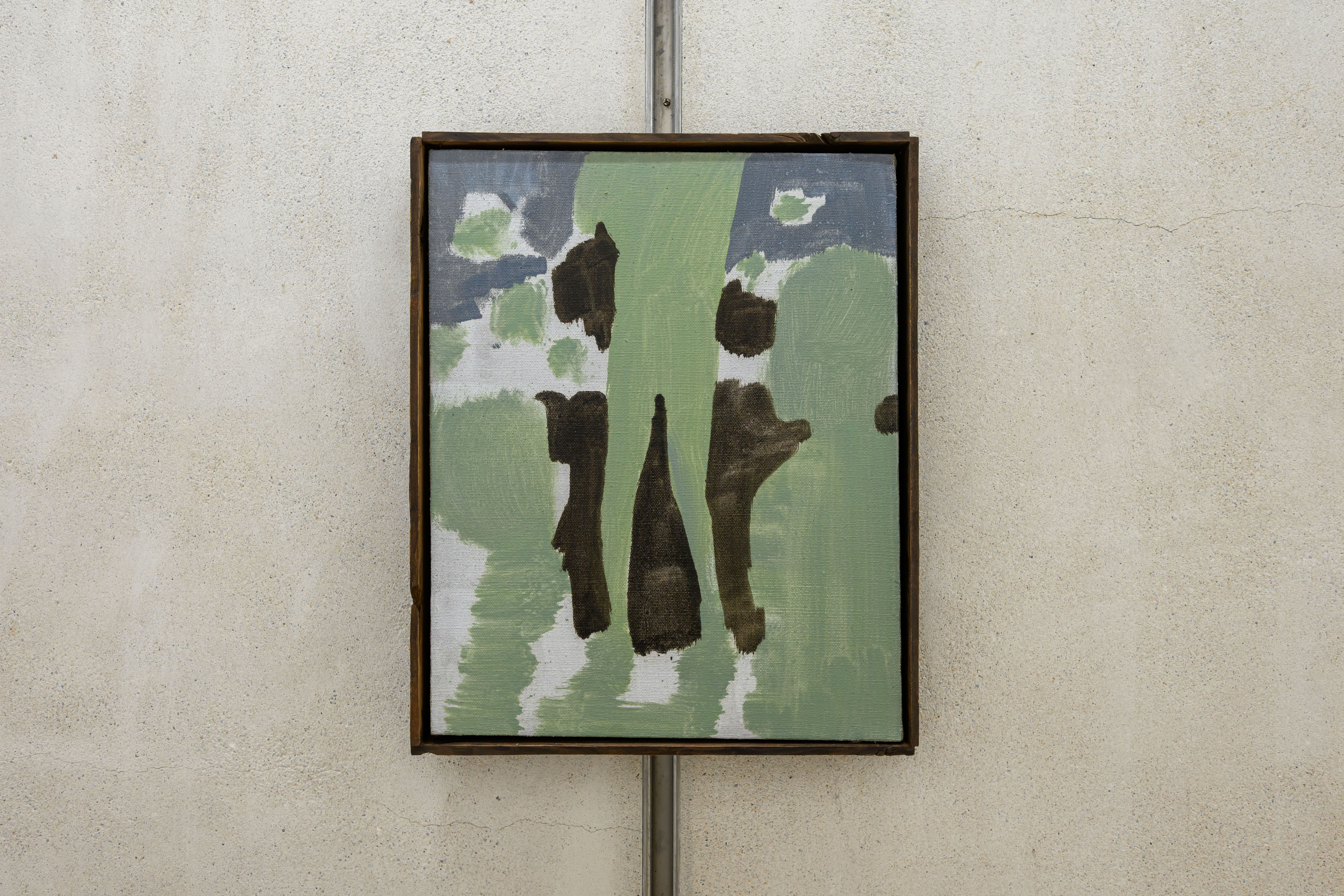
Framed: 63.5 x 52 cm
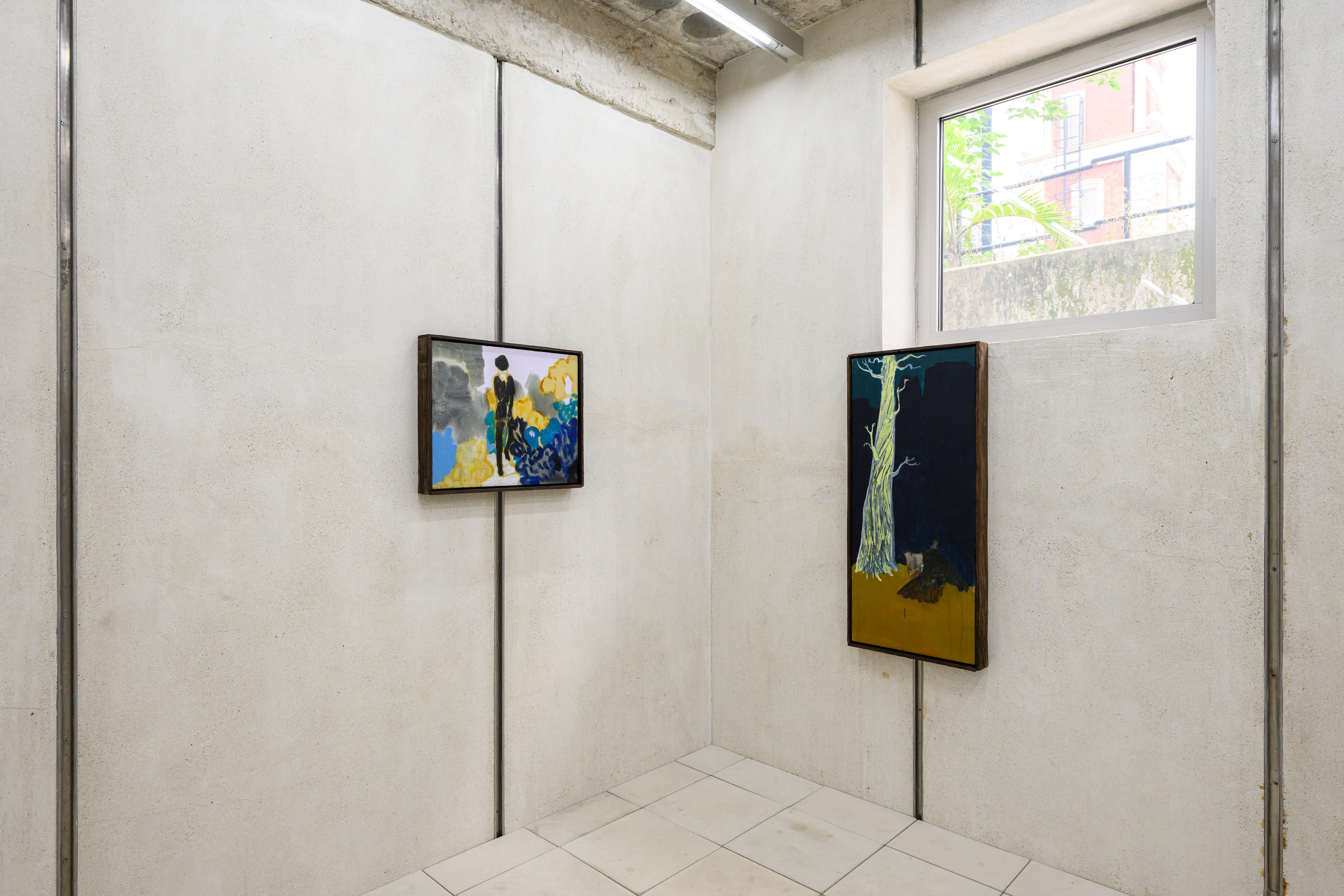
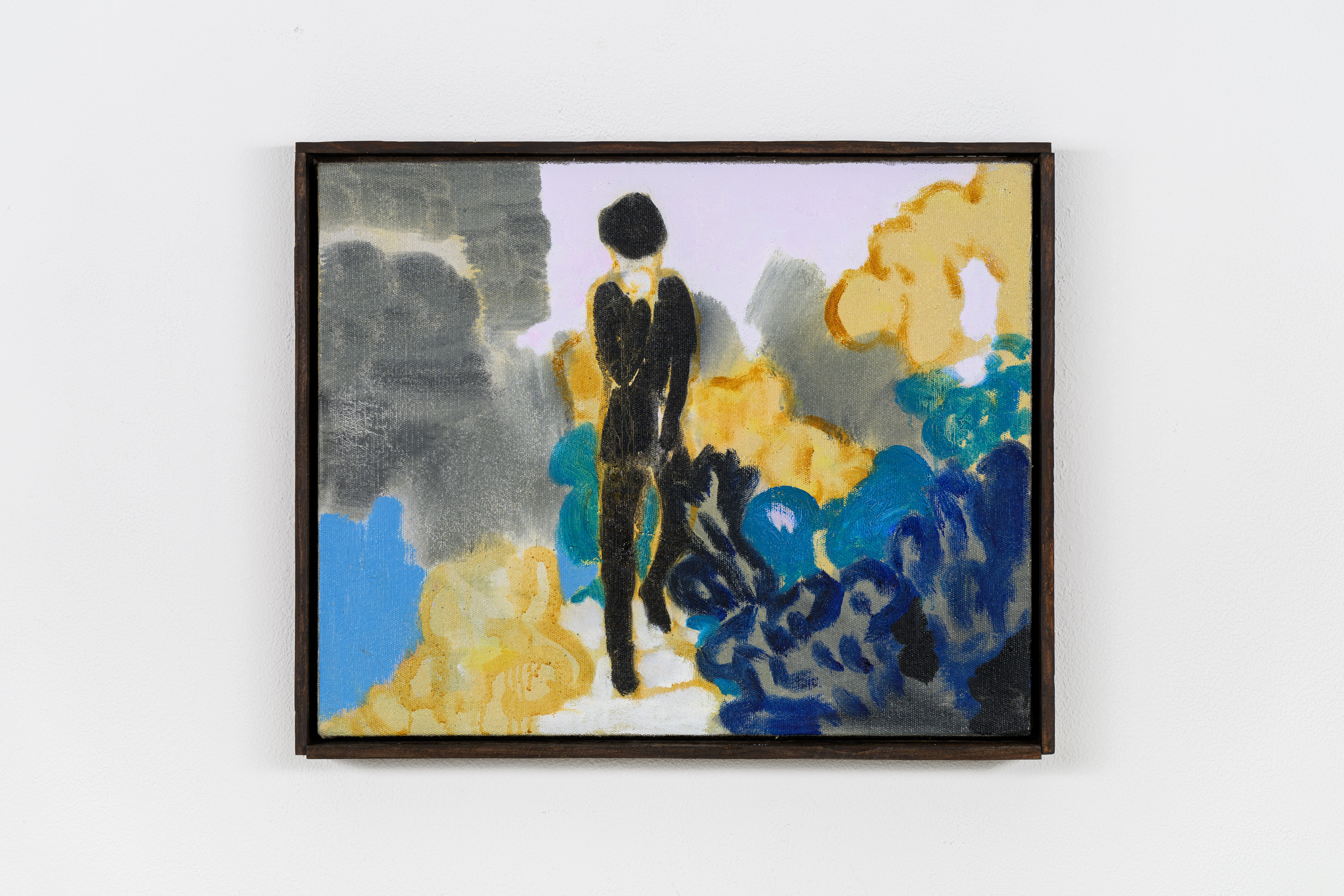
Framed: 51.8 x 64 cm
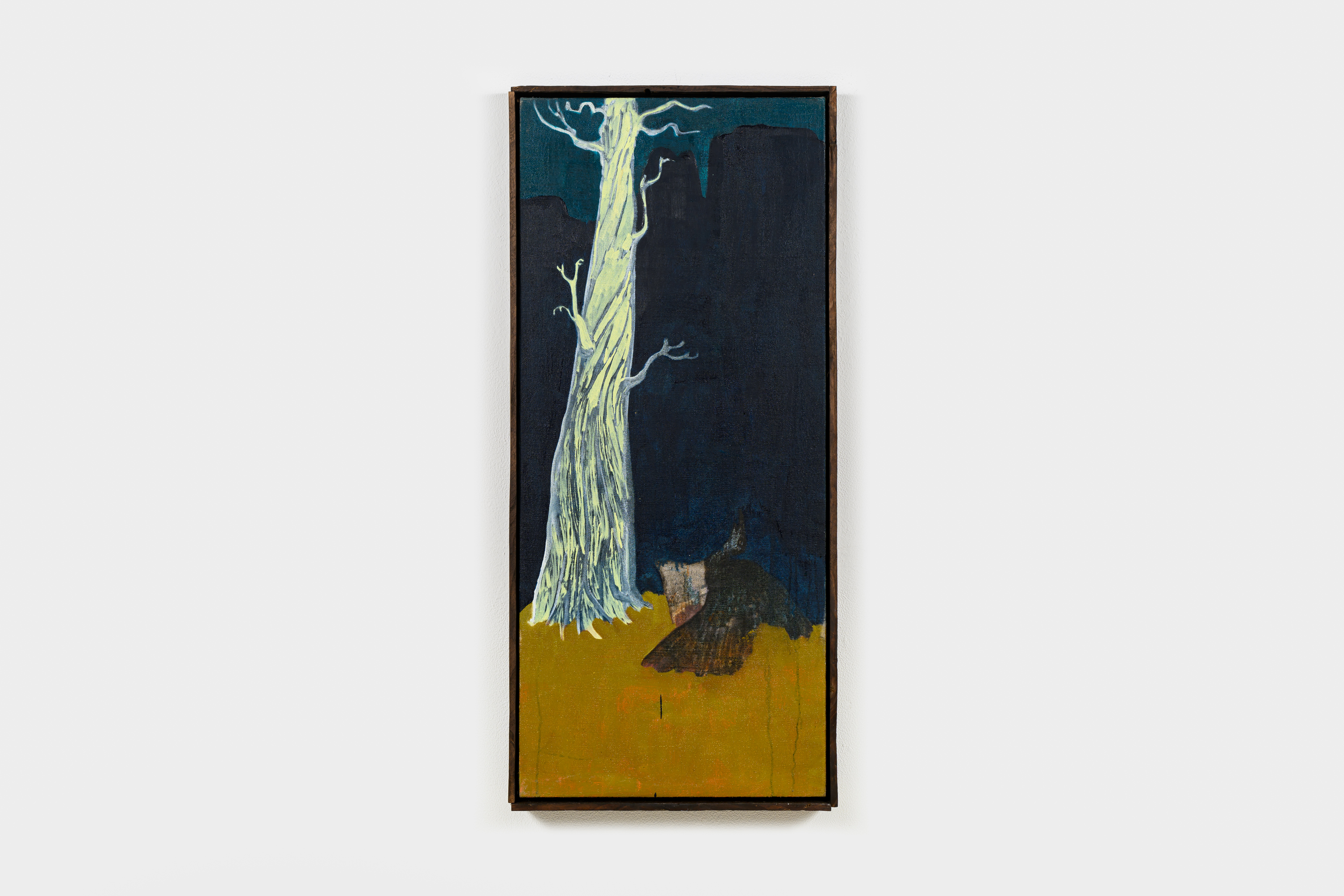
Framed: 113.5 x 51.5 cm

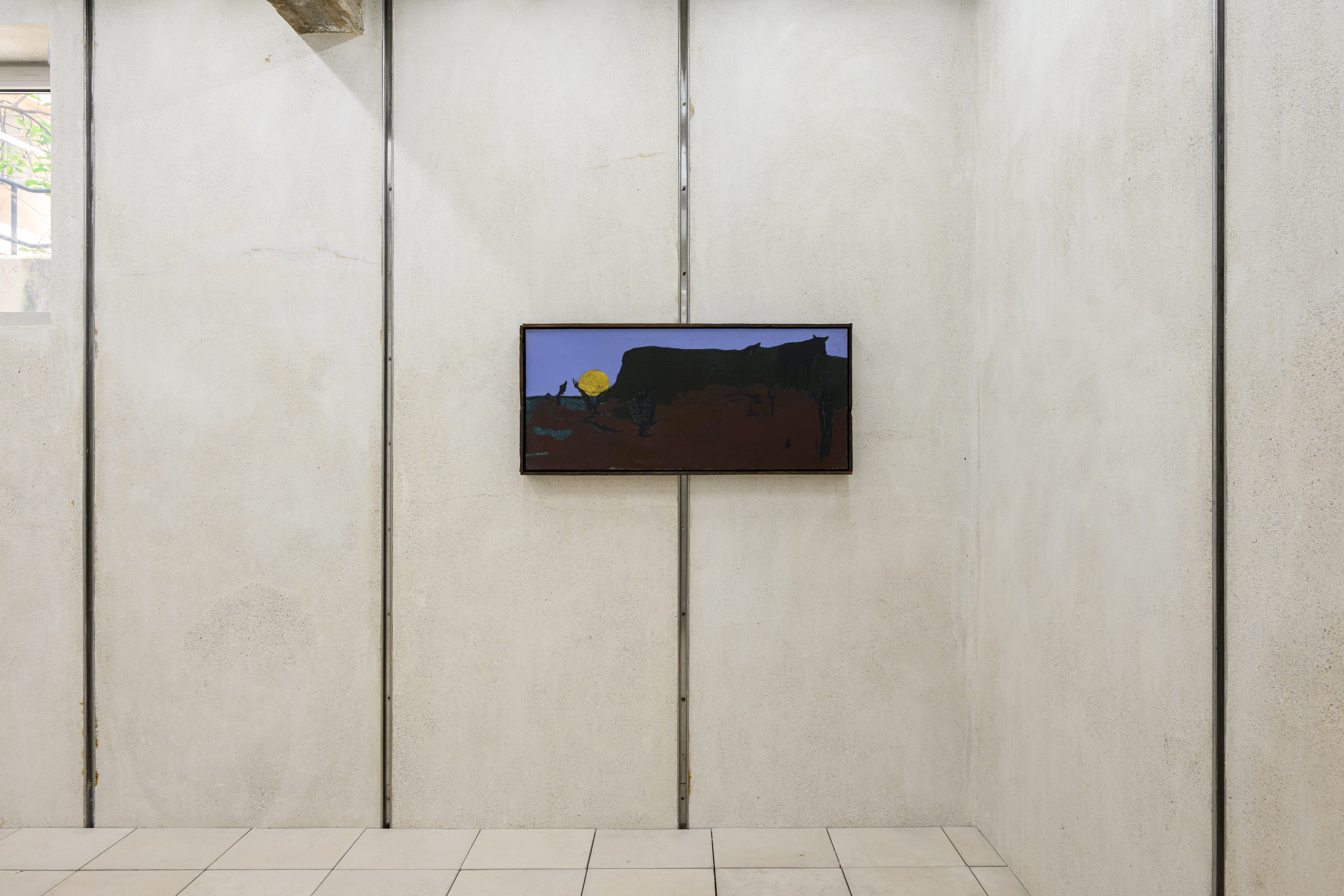
Framed: 51.5 x 113.5 cm
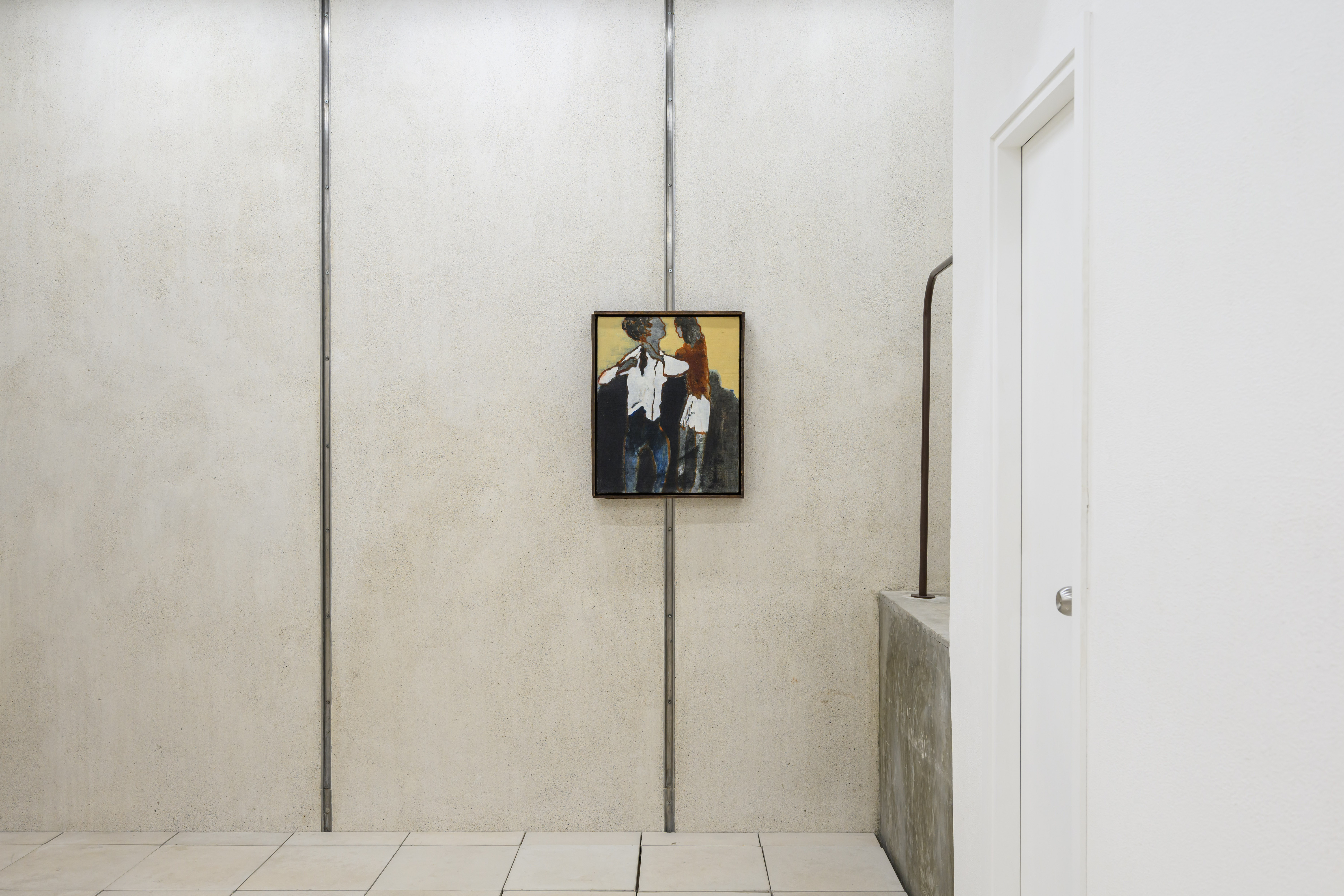
Framed: 63.7 x 52 cm
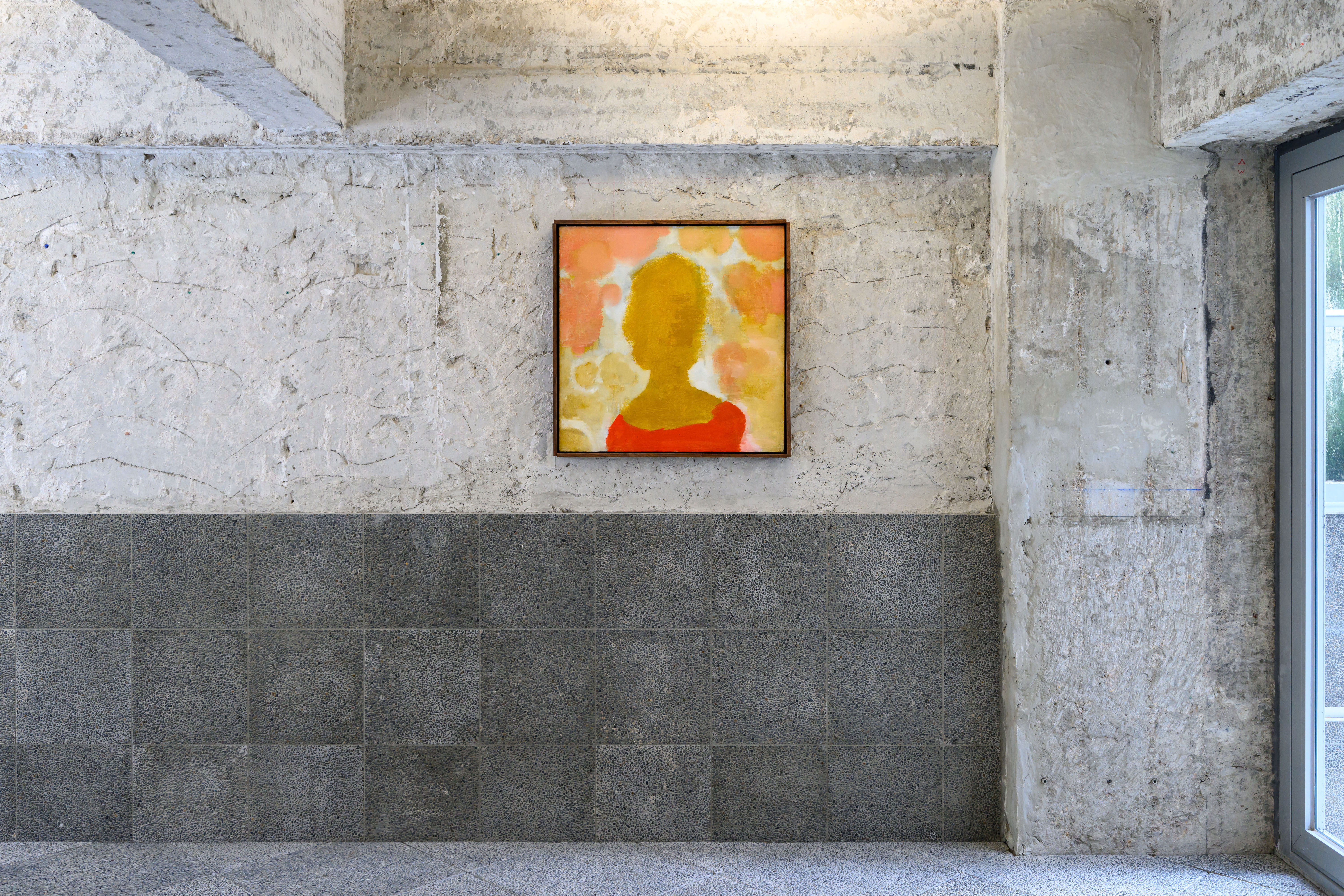
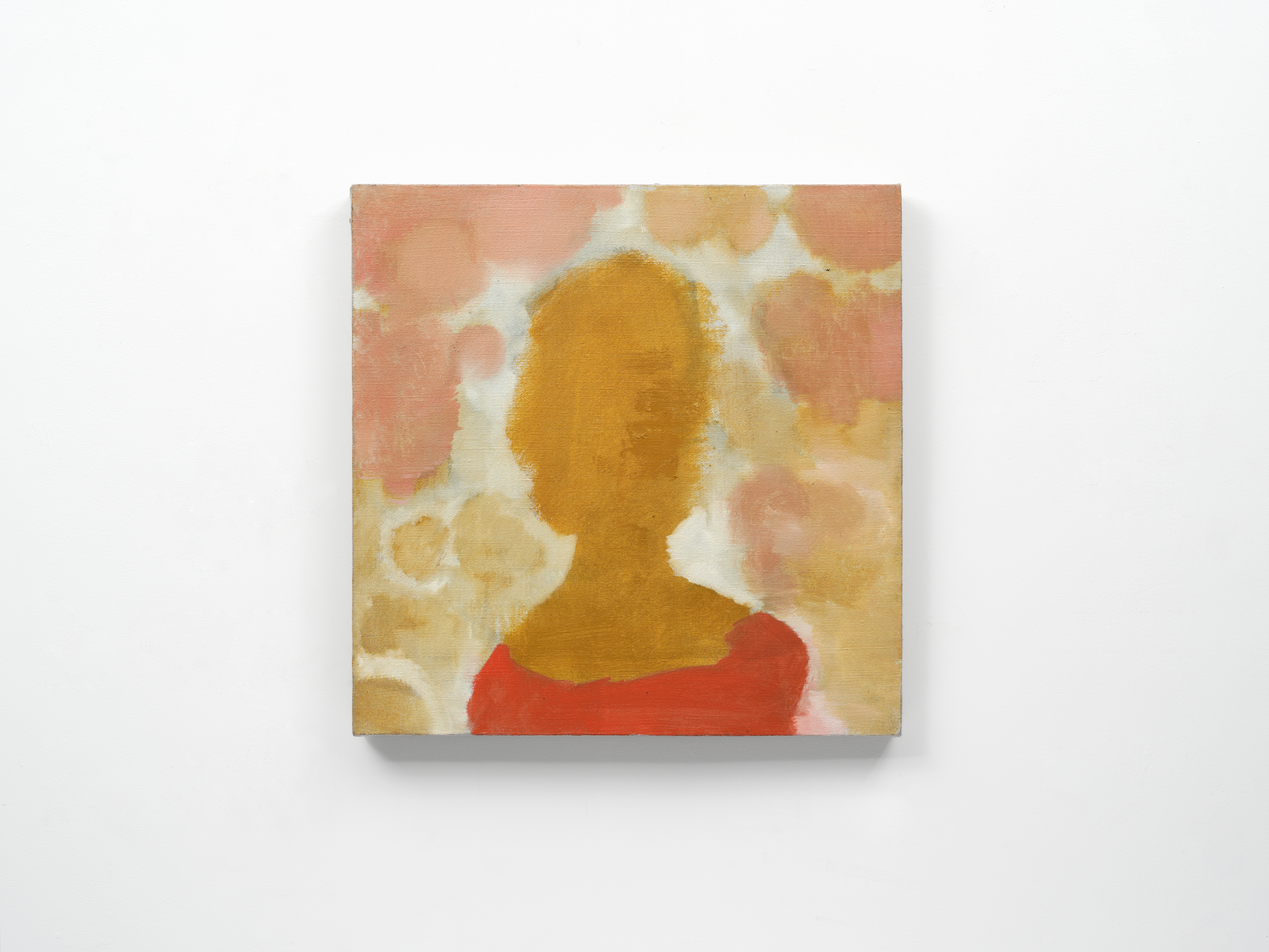
Framed: 71.5 x 71.7 cm
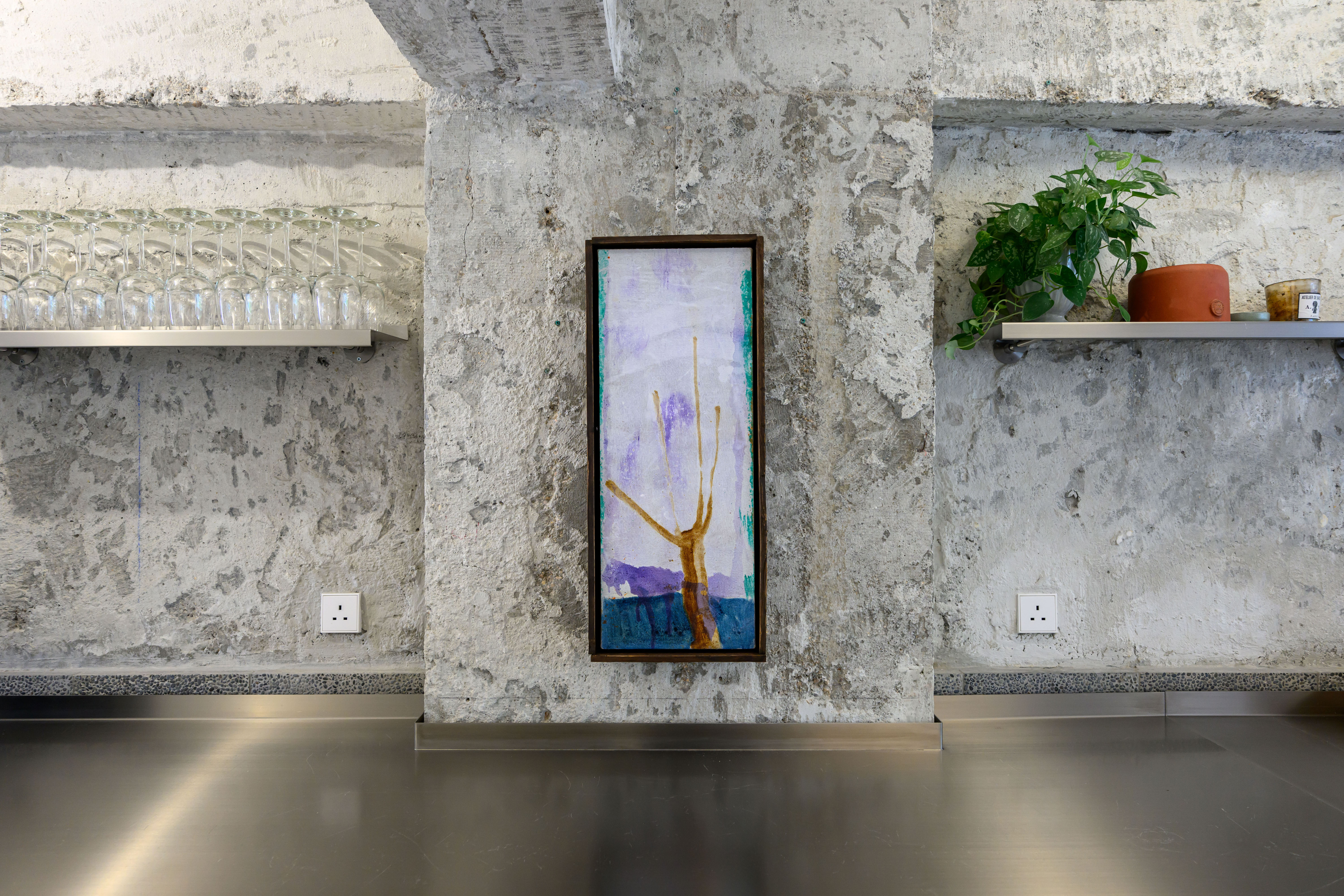
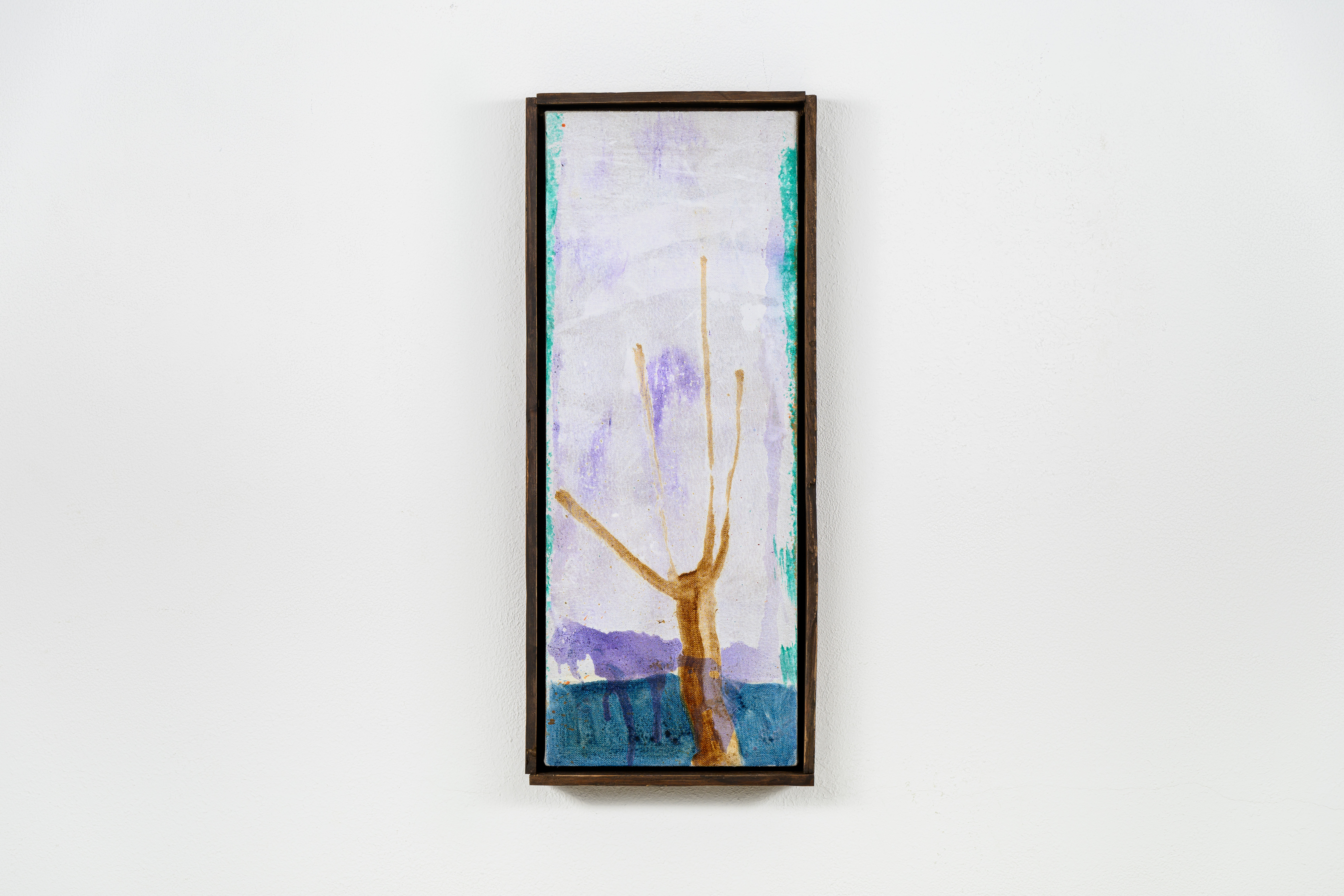
Framed: 72 x 30 cm
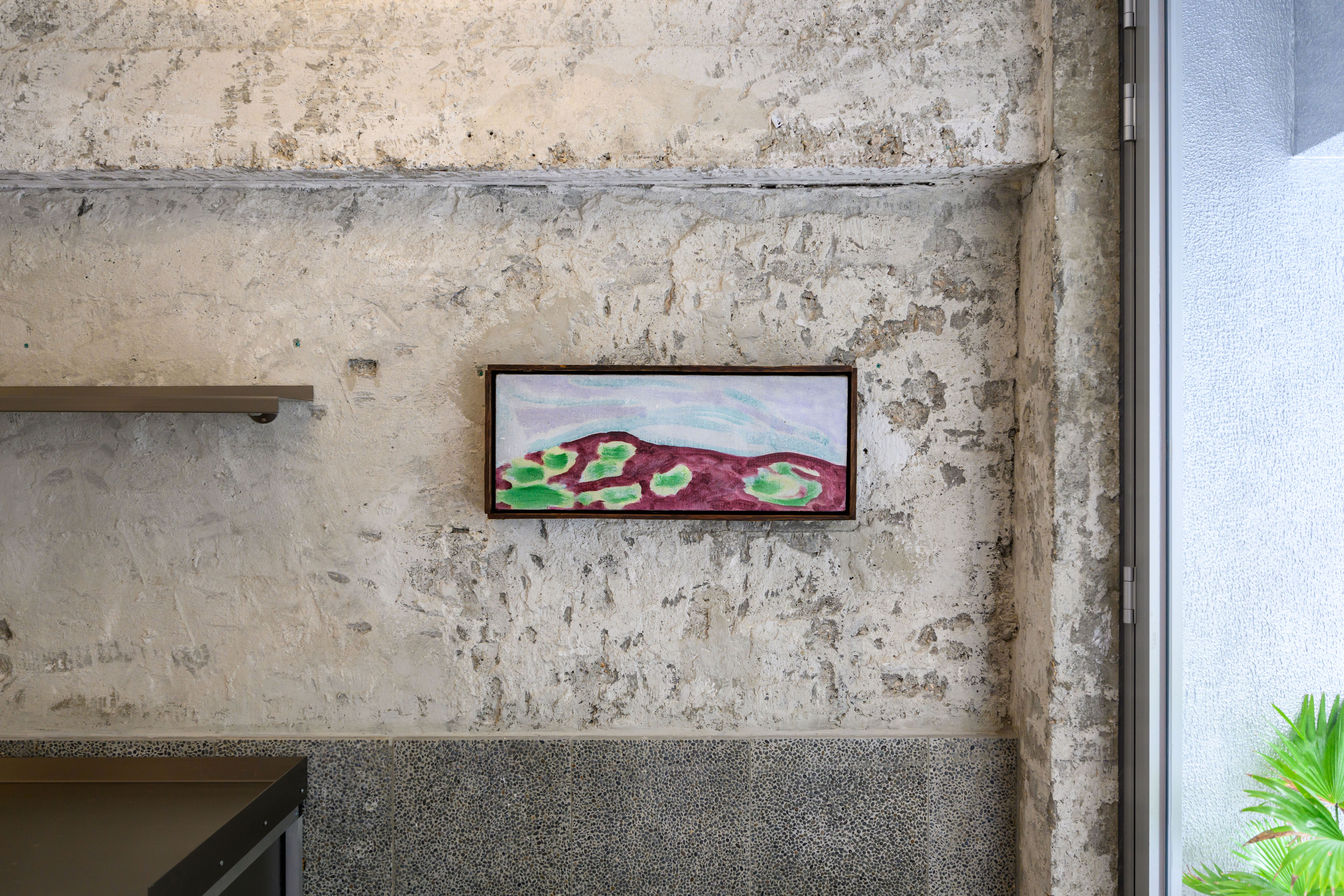
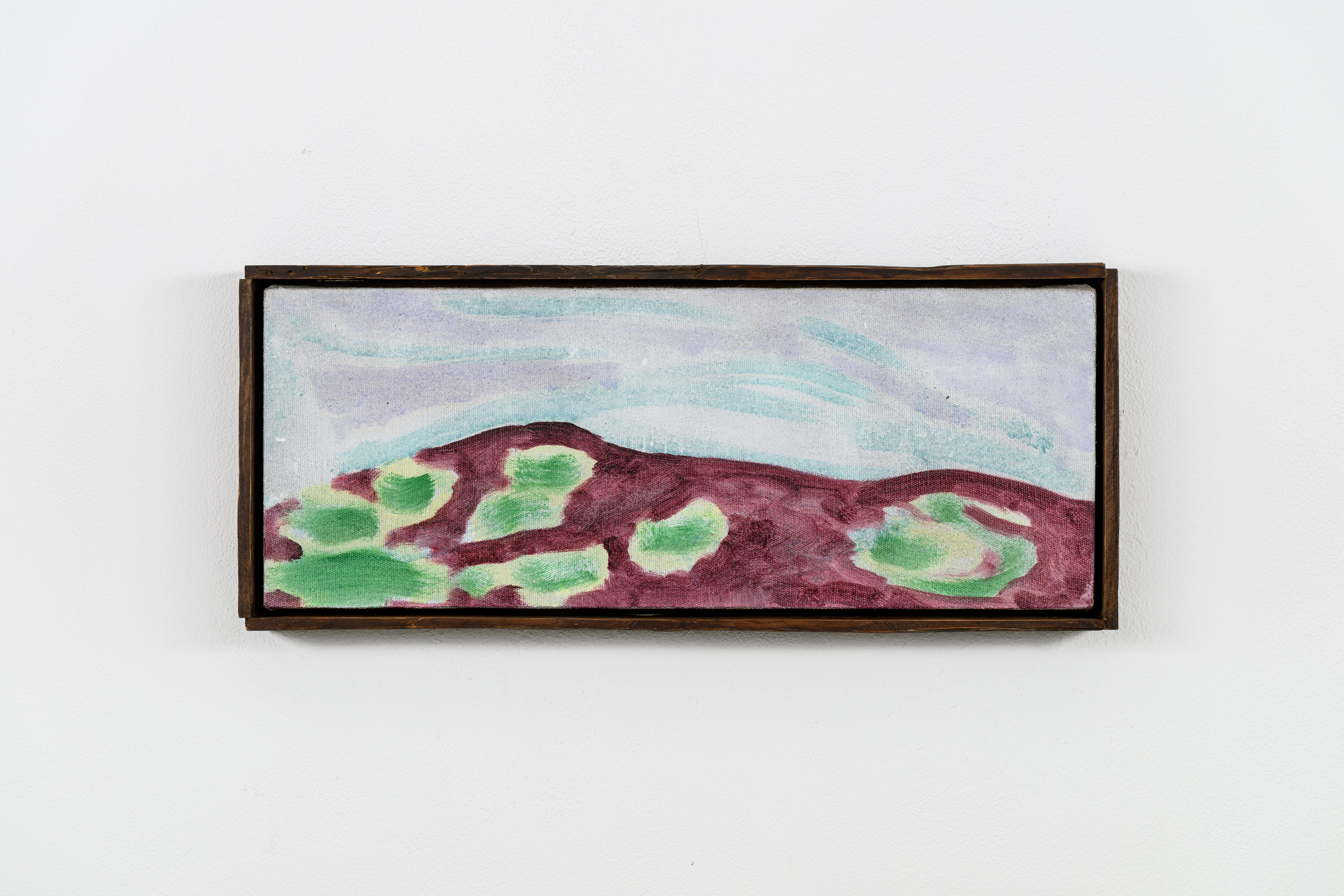
Framed: 30 x 72 cm
